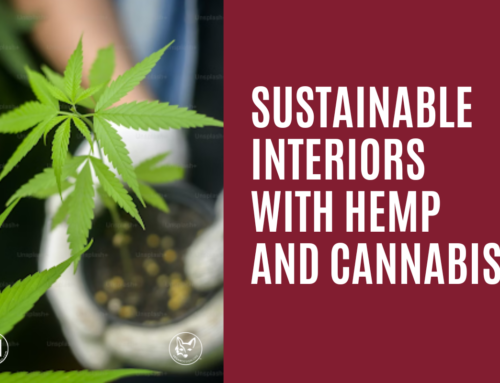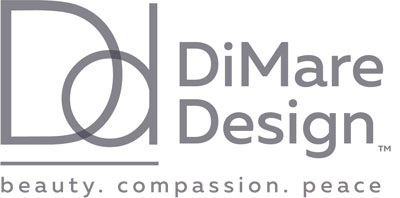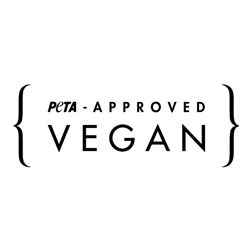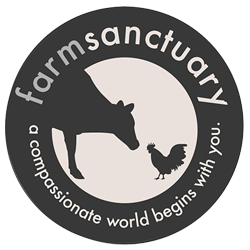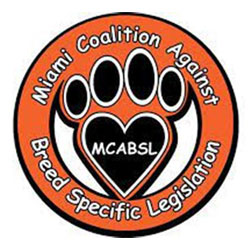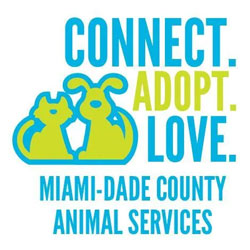When considering an eco-friendly mattress, you will likely have many questions regarding the construction and makeup of the bed. For example, why are certain materials considered eco-friendly, and others aren’t? What materials are the most sustainable?
To guide your search for a greener mattress, we break down some of the most common eco-friendly mattress materials below. We will examine the purpose behind each material and explain why it is safer for you, your family and the planet.
Eco-friendly Mattress Materials
Eco-conscious mattress brands go to great lengths to source materials that are sustainable, organic, and have a minimal impact on natural ecosystems.
Below is a list of materials and fabrics often used in eco-friendly mattresses.
Plant-Based Mattress Foams
Foam mattresses are excellent for pain relief. These beds contour to muscles and joints to provide weightless, cloud-like comfort. Most foam beds use polyurethane foam (poly-foam). Although the quality of poly-foam varies greatly, memory foam being the highest quality version, poly-foam will usually contain some petroleum-based oil. However, eco-friendly mattress companies substitute some of the petroleum oil in their beds with plant-based oil.
Petroleum is a non-renewable source gathered through drilling. Over time, drilling for this oil has produced several environmental issues, including oil spills that populate and destroy natural ecosystems and animal life, find out out move in cleaning phoenix. By switching to plant-based oils, mattress brands can reduce the need for petroleum. Although most eco-friendly foam beds are not 100 percent plant-based, even replacing a portion of the petroleum in the bed helps the environment.
When looking for an eco-friendly memory foam mattress, look for those with plant-based foams. In addition to being more eco-friendly, plant-based foams are more breathable and have a quicker response time than traditional memory foam.
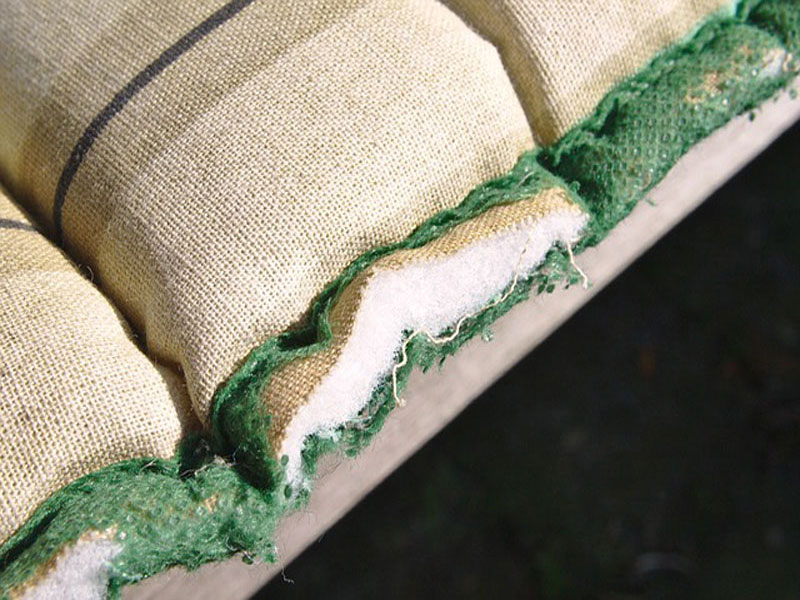
Organic Mattress Materials
It is no secret that pesticides and fungicides are dangerous for us and the environment. When crops are sprayed with these toxic chemicals, they seep into our food, water, and soil. This pollution also affects the health of plants and wildlife.
Commonly used mattress materials, such as cotton, are heavily sprayed to ensure the vitality of the crop. Conventionally farmed cotton uses about 16 percent of all insecticides globally.
Contact with products and food items that have been sprayed with these chemicals can be dangerous. These toxins have been shown to build up in our cells over time. This exposure can lead to cancer, Alzheimer’s, and damage to the reproductive and nervous systems. To protect you and the planet, many eco-friendly mattress brands use only 100 percent organic cotton.
To verify the materials used in the mattress are organic, look for certifications from Global Organic Textile Standard (GOTS). Also, be sure you understand what parts of the mattress feature organic fabrics. Some mattresses will only feature organic materials in the comfort layer of the mattress and use conventional materials in the base of the bed.
Natural Latex
Latex has the contouring ability of memory foam but with more of an elastic feel, making it a comfortable and durable mattress material. Since latex is also naturally sustainable, it is a popular choice for many eco-friendly mattress companies. It has little impact on the planet, and it is safe and comfortable for sleeping.
When sourcing latex, rubber trees are tapped and not cut down. This process saves resources and allows the same tree to be sourced multiple times thus minimizing the impact to the tree and surrounding environment.
For example, Dunlop latex has no added chemicals, so it is naturally hypoallergenic, antifungal and resistant to dust mites.
When considering an eco-friendly latex mattress, look for organic Dunlop latex with a Global Organic Latex Standard (GOLS) certification.
Mattress Spring Coils
Innerspring and hybrid mattresses have a base of spring coils most often made of steel. Since steel is a sustainable material, this is an appropriate base for an eco-friendly bed. Some green mattress companies will even go the extra mile and use only recycled steel in their mattresses.
Many spring coil systems will be individually wrapped with fabric to increase overall mattress comfort. If you are shopping for a completely organic mattress, you will want to verify whether the material used to cover the coils is organic.
Eco-friendly Mattress Construction
Many traditional mattresses rely on toxic glues and flame retardants when constructing their beds. However, eco-friendly brands replace these standard methods with non-toxic options.
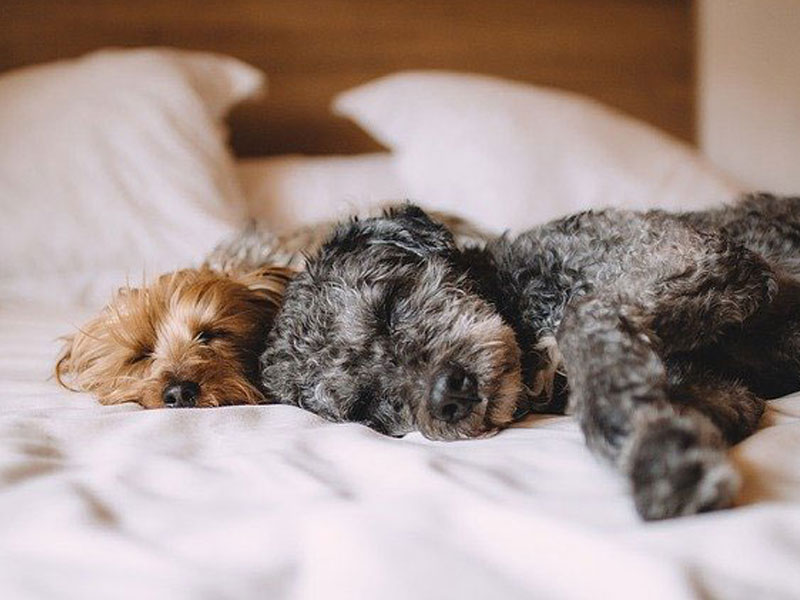
Natural Mattress Flame Retardants
Toxins, such as formaldehyde and chlorinated tris which have been linked to kidney and neurological disorders, are often used for flame resistance in traditional mattresses.
Eco-friendly mattresses rely on materials that are naturally flame resistant, such as Kevlar fabrics and wool layers.
Toxic Glues, VOCs
Some companies use glues to construct their mattresses. These glues can cause off-gassing, a chemical smell that often accompanies new mattresses. This odor is often due to the VOC levels in the mattress. Eco-friendly mattress companies don’t rely on these toxic adhesives to construct their beds; therefore, they will have lower VOC emissions. To ensure your new mattress is low in VOCs, look for certifications from GreenGuard Gold and CertiPUR-US®.
Help the Planet by Helping Yourself
An eco-friendly mattress can give you the comfort of knowing you are helping the planet. However, they can also provide you and your family with a cleaner, safer night’s sleep.
The bed mattress materials and construction elements covered above will help you find a mattress that is truly eco-friendly and non-toxic.
Join my Facebook Community “Design for a Non Toxic & Cruelty Free Home.
Wish to receive more articles like this? Subscribe to my newsletter.
Check out our non-toxic and cruelty-free Amazon shop.
Learn how to design spaces that are non toxic, non animal based (vegan) and promote wellbeing,
by subscribing to our Youtube Channel.
In case you missed it 🌸
Have you taken our newest beginner course?!
Learn more about the Online Nursery & Kids Room Design Course.
Need help finding non-toxic and cruelty-free furniture & decor?
Check our Resource Guide (150+ brands!)
Need help creating a safe & healthy home for you & your family?
BOOK US for a 20-minute call!
Need even more family-friendly home design tips?
Check out our FREE 23 Chemical and Cruelty Free Design Tips Sheet
Here’s a link to a financial guide for parents of children with disabilities
Why go vegan on your mattress
Meghan Markle and her choice of nursery paint
Apps for kids with Autism
Check out a complete guide to renovating your kitchen
Creating a Chemical Stress-Free Home
Bentley Goes Vegan and Leather Alternatives 101
Sources:
Mushroom & jellyfish leather interior: Bentley eyes producing Vegan-friendly cars
VEGE-CAR-IAN Mushroom leather and jellyfish dashboards could be the vegan future of cars, says Bentley
What is protein leather/protein leatherette?
A start-up is imagining how mushrooms may be turned into leather
Where to Get Muskin (Mushroom Leather)
The Next Leather Jacket Will Be Made From Mushrooms
Just a heads up, this article may contain links to affiliate sites, products or services. If you purchase something through one of those links, you won’t pay a penny more! The affiliate simply provides us with a small commission which helps us fund our operations, promoting healthy & compassionate interior decorating.
Share this with friends!

I’m Deborah! My mission is to show others by demonstration, that no living being, human & non, be sacrificed for beautiful, non toxic, healthy & durable furniture & decor. More about me.

Light up Your Inbox
Sign up today for my newsletter to stay up to date with the latest & greatest from DiMare Design.




